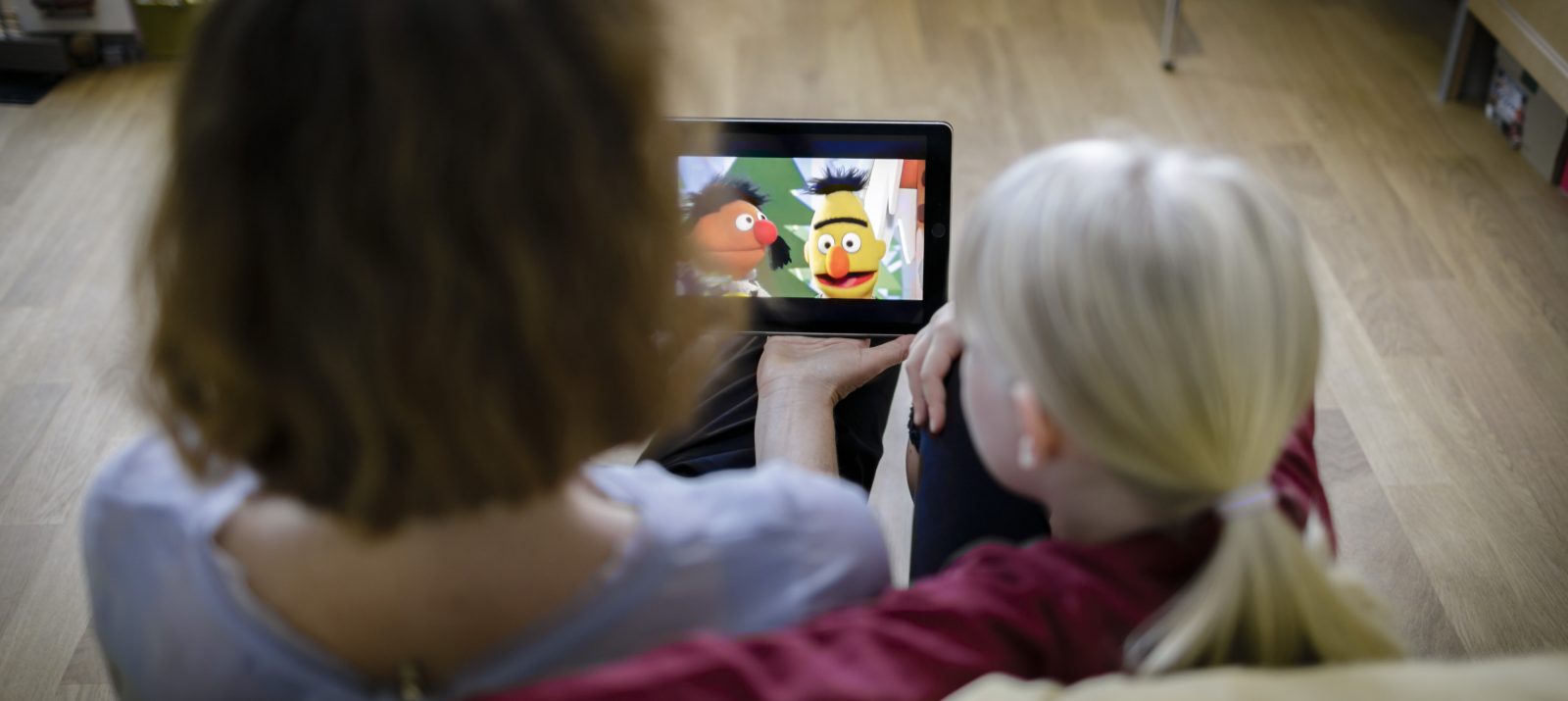
Tablets are present in the everyday lives of children and young people in a wide variety of places: they encounter the mobile devices in the hands of parents and other family members, at school or daycare centers , or even sometimes in museums. No wonder that many people sooner or later want to have their own tablet.
The first question many parents ask themselves is: Is my child old enough to have his or her own tablet? There is no one-size-fits-all answer to this question – you know your child and his or her stage of development best and can therefore also best assess which digital media he or she can already use sensibly. Also consider the reason you want to get your child a tablet: to play, be creative, or learn? There are many possibilities!
When deciding on a particular tablet, it is also helpful to think about what it will mainly be used for. Likewise, the age of the child must be taken into account.
There are tablets especially for children – with many presets that are supposed to make the device childproof. They also usually have a colorful, shockproof cover that children can easily grip. Such tablets are mainly for playing games and are suitable for younger children. If you are interested in such a device, you should deal with the default settings in advance, because many of them cannot be changed. One disadvantage of these children’s tablets can be that the child quickly “outgrows” it. The design is aimed at younger children, which can soon be perceived as uncool. Also, the limited uses will eventually become inappropriate or boring.
Even a “normal” tablet that is not specifically designed for children can be childproofed with various settings and apps without too much effort. The settings can be adjusted again and again. Good support in this regard is provided by offerings such as the youth protection programJusProg or the app Kids Place which you can use, for example, to block unsuitable websites or limit usage times. As a useful analog accessory, you can equip the tablet with a shockproof case and a bulletproof glass film for the screen.
Purchasing a used unit can also be a good option. Especially for children, it doesn’t have to be the latest model with the best technical features. Only the tablet should not be too old, because then it can happen that important security updates are no longer supported. Maybe someone in the family has a worn out device to give away? There are also many inexpensive used models to buy on the Internet. Another option would be a “family tablet”, that is, a device that you share. Then it is a good idea to create several user accounts to be able to adjust the settings individually.
The same applies to tablets as to all (digital) media. Accompany your child in media use, set rules together e.g. in a media usage agreement) and be aware of your role model function. Use the tablet together: let your child show you what game he or she is currently playing, take funny photos together, or read to him or her from an interactive picture book. Make sure your child is using age-appropriate apps and applications. Especially with younger children, it makes sense to use the settings options on the device (see above) and to check app permissions.
If your child already goes to school and has been provided with a tablet to take home, you should familiarize yourself with the school’s rules and preferences. Discuss with your child whether, and if so, to what extent, he or she may use the school tablet even after completing homework.